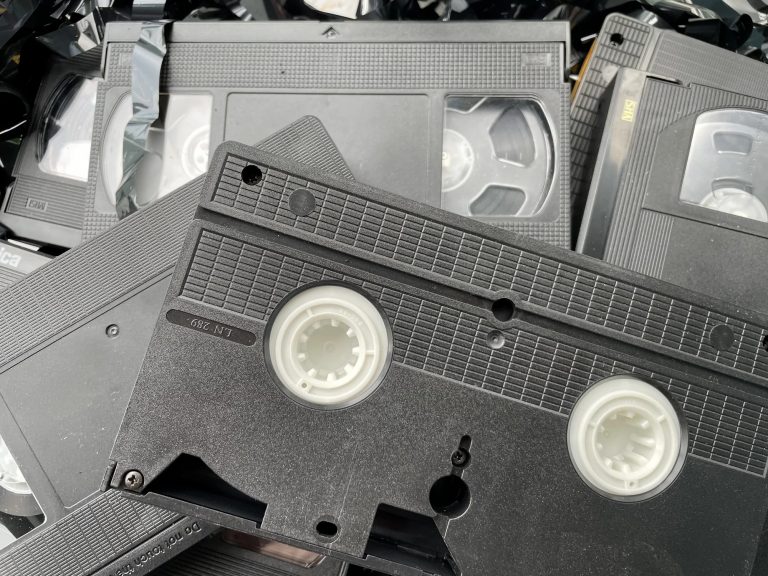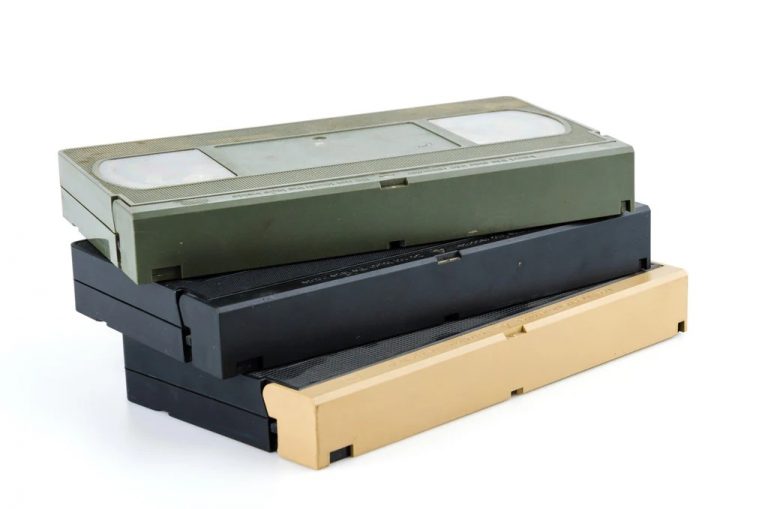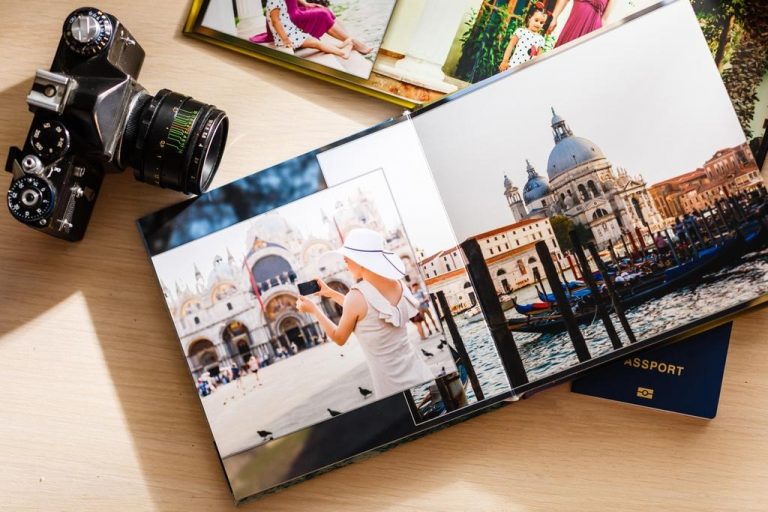What To Do With Old Photos
People wonder what to do with old photos. Not too long ago, you would buy rolls of film, snap vacation, and holiday photos, and then have them developed and printed. Remember Photomat drive-up kiosks in shopping center parking lots? I know my wife liked putting her photos in albums and scrapbooking them. The best ones she enlarged and framed.
Even though she was an old-school scrap booker she has now transitioned to the digital age. Now she makes photo albums online, all printed and bound up into a great-looking coffee table high-quality book for not much money and delivered to our door in a couple of weeks, talk about a great way to save old photos!
Many of us have had our collection of photos stored sight unseen for decades. Nearly every family has boxes of photos and albums inherited from grandparents and other relatives. But improper storage techniques like boxes in hot attics and dusty garages are leading to the demise of the photo. Heat, humidity, and dust are curling, warping, and causing the photochemical colors to fade. I started my photo scanning service in 1993 the same month I saw over 300 of my neighbors’ homes and scrapbooks burned to the ground by wildfires. Other disasters like floods and tornadoes, and hurricanes along with heat and mold have destroyed and threatened many thousands more every year.
While sorting and organizing old photos is a daunting task, once completed, you will feel a tremendous sense of accomplishment. The most efficient and cost-effective method is to identify, categorize, and minimize photos. I like photos with one person or a couple of people in them. Landscape shots of trees and mountains, pretty at the time are now easily disposed of. Many of us took too many photos of the same subject or actors. When deciding look for the best smiles, framing, and lighting and go with that one. Make your decisions quickly and move on. This is the time to declutter.
When going through negatives or 35mm slides it is a more difficult task in that you can’t easily view them. Because of that hurdle many of our clients default to our legacy photo scanning service where we scan and they’ll delete later.
Properly Storing Old Photographs Now As Digital Images
After digitizing your favorite old family photos, you must organize the digital files. If you do not, you will soon find yourself in the disorganized world of digital clutter! Culling photos and having good file management skills are essential for quickly retrieving photos. This entails creating folders with names that make the most sense to you. And, instead of storing thousands of images on your computer or smartphone, consider the following alternatives:
Storage options include:
- The Cloud (Google drive, Dropbox are options) cost: free to paid plans
- USB thumb drive
- Data Discs (CD or Data DVDs)
- Computer hard drives (portable or fixed)
Do It Yourself
While attempting to scan your family’s locker of photos, films and tapes seem like a noble idea, just remember it will cost you time (lots of it given each scan on average takes 30-45 seconds depending on scanning resolution*) money (to buy a scanner and software and cleaning supplies) and a learning curve (to equip you with the techniques to make you better than an amateur).
*By the way we recommend a scanning resolution of 600 DPI (dots per inch) for photographs and 1200 DPI for 35mm slides and negatives. Higher-resolution scans are usually for special applications like billboards or book printing.
Photo Albums
What do you do with those big bulky photo albums? Going digital is still the way.
I would suggest, if possible, when scanning old photo albums to remove the pages from the album getting them as flat as possible. Next, arrange lighting and take photos or use a digital photo scanner for each page. Experiment for best results. Often the plastic page covering will cause a glare. Remove them, if possible, to get your shot or scan.
Making Scrapbooks
As I mentioned earlier while the scrapbooking craze of the 1980s-1990s has since faded, some people continue to make traditional albums or photo books. Digital scrapbook pages or whole books can be shared with family and friends instantly via the cloud. Several companies specialize in printing photos into books and coffee mugs, calendars, and more. Shutterfly is one such company, Snapfish and Vistaprint are others to consider.
But you can’t make a book or a mug until you have the right photo. That’s why scanning old photos and scanning pictures to digital needs to come first and then the creative ways to share them come later.
Shop Carefully
Photo scanning at first glance looks easy but don’t be fooled. If not done correctly the first time you’ll have to hire another photo scanning service. Do your homework ahead of time to save yourself from making that mistake.
Look for customer reviews, seek out referrals of companies that provide this service on a daily bases, and have the correct equipment and knowledge to consistently provide high-quality results. If possible, meet with the business to get a feel for their work and business procedures. Ask how long have they been in business and whether how they are better than their competition. I believe you
get what you pay for but some of that is just marketing! Companies should be competitive and charge a fair price for the quality delivered. Get an estimate for the work provided and ask about their guarantee if you are not happy.
Summary
Scanning old photos is a wise idea if you want to preserve their quality. Decide if you will tackle the project or will delegate it to a dedicated photo scanning service.
Dust off your boxes of memories and begin the process of sorting and decluttering. You will never know what memories you’ll find until you begin the process.
Depending on which route you take will determine how long a process this project will take. A professional company will take approximately 2 weeks for a large order, ask for an estimate of time. The time of year might alter that time frame. Like most of our clients tell us we have had these photos sitting for years what’s a few weeks.
Contact us for any additional questions you might have







